TLDR Cultural practices can influence trichotillomania, requiring culturally sensitive treatment.
The article discusses a case of culturally influenced trichotillomania (TTM) in a 10-year-old girl from India, who developed eyebrow hair loss after mimicking the ritualistic hair plucking practices of Jain monks, known as "Kesha lochan." This behavior, influenced by cultural and familial factors, led to symmetrical non-scarring alopecia on her eyebrows. The case highlights the importance of considering cultural practices in diagnosing and treating TTM, as these practices can significantly shape body-focused repetitive behaviors. The treatment involved counseling and habit reversal techniques, emphasizing the need for a culturally sensitive approach in managing such conditions.
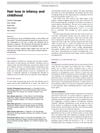 1 citations
,
January 2019 in “Paediatrics and Child Health”
1 citations
,
January 2019 in “Paediatrics and Child Health” The document concludes that understanding hair biology and recognizing hair conditions are crucial for managing and treating hair loss in children.
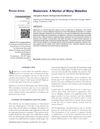 36 citations
,
January 2012 in “International Journal of Trichology”
36 citations
,
January 2012 in “International Journal of Trichology” Losing eyelashes or eyebrows can be a sign of many different health problems and needs a careful approach to treat effectively.
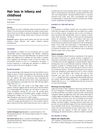 1 citations
,
October 2014 in “Paediatrics and Child Health”
1 citations
,
October 2014 in “Paediatrics and Child Health” The document concludes that proper diagnosis and management of hair loss in children require a detailed examination and understanding of various hair disorders.
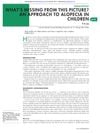 6 citations
,
November 2007 in “Archives of Disease in Childhood: Education & Practice”
6 citations
,
November 2007 in “Archives of Disease in Childhood: Education & Practice” The document concludes that accurate diagnosis of alopecia in children relies on thorough examination and history, and while treatments exist, none can alter the course of alopecia areata, which can significantly affect a child's psychological well-being.
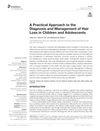 40 citations
,
July 2017 in “Frontiers in Medicine”
40 citations
,
July 2017 in “Frontiers in Medicine” Early and personalized treatment for hair loss in young people is crucial to prevent permanent damage and should include psychological support.





